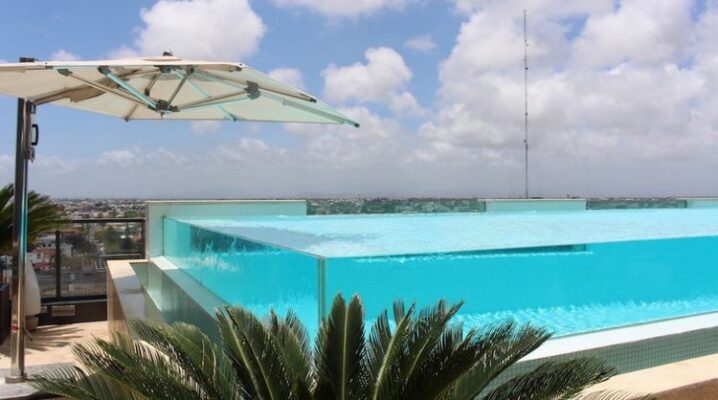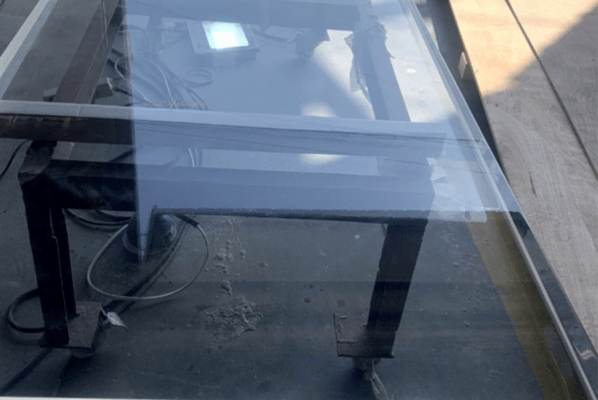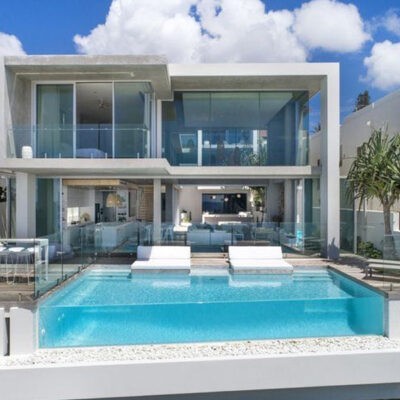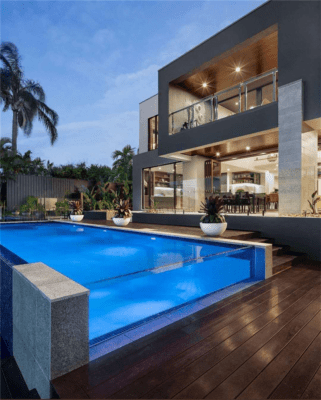Acrylic Swimming Pool Bonding, Cleaning, and Maintenance Guide
Acrylic swimming pools are a luxurious and innovative choice for both recreational and competitive swimming. The bonding process, cleaning, and maintenance are critical to ensuring their durability and aesthetic appeal. This article explores the bonding methods, cleaning tips, and maintenance precautions for acrylic swimming pools.
Acrylic Swimming Pool Bonding Methods
Bonding is a key process in acrylic pool construction, ensuring transparency, durability, and a seamless appearance. The bonding process depends on two factors:
- Adhesive Selection:
- Two-Component Adhesives: Offer strong bonds, no foaming, and high durability. However, they require complex application and longer curing times.
- Single-Component Adhesives: Faster to apply but may cause foaming, whitening, and reduced weather resistance.
- Bonding Techniques:
- Docking: Two acrylic panels are aligned horizontally, and adhesive is injected into the gap. Ensures a seamless and strong bond.
- Facade Bonding: Used for vertical or angled joints, often with molds for precision. Ideal for complex designs.
- Oblique Bonding: Requires a 90-degree template to maintain alignment. Ensures a clean and precise bond for angled surfaces.
- Flat Bonding: Used for flat surfaces, with adhesive applied evenly to avoid air bubbles. Requires careful handling to prevent surface damage.
For more on bonding techniques, visit UC Acrylic.
Acrylic Swimming Pool Cleaning and Maintenance
Maintenance Precautions:
- Avoid Harsh Chemicals:
- Do not use cleaning powders, abrasive cleaners, or strong solvents like paint thinners. These can damage the acrylic surface.
- Avoid contact with sulfuric acid, hydrochloric acid, or lye.
- Prevent Scratches:
- Use soft cloths or sponges for cleaning. Avoid sharp or abrasive objects.
- Repair scratches promptly using 2000-grit sandpaper and toothpaste to restore clarity.
- Temperature Control:
- Do not add boiling water directly to the pool. Always add cold water first.
- Avoid exposure to temperatures above 60°C, as acrylic softens at 100°C.
- Curing Time:
- Allow 24 hours for silicone sealant to cure after installation. Avoid using the pool during this time to prevent leaks.
Cleaning Tips:
- Weekly Cleaning:
- Use a soft sponge or flannel with mild detergent. Avoid abrasive materials or cleaners with particles.
- Rinse thoroughly with clean water and dry with a soft cloth.
- Pipe Maintenance:
- Clean and disinfect pipes regularly to prevent blockages and bacterial growth.
- Use specialized pipe cleaners and disinfectants.
For more on acrylic pool maintenance, visit UC Acrylic.
Conclusion
Acrylic swimming pools combine luxury, durability, and customization, making them a top choice for high-end projects. Proper bonding, cleaning, and maintenance ensure their longevity and stunning appearance.
For more information on acrylic swimming pools, visit UC Acrylic.
Additional Resources
For more on acrylic swimming pools, check out these resources:




